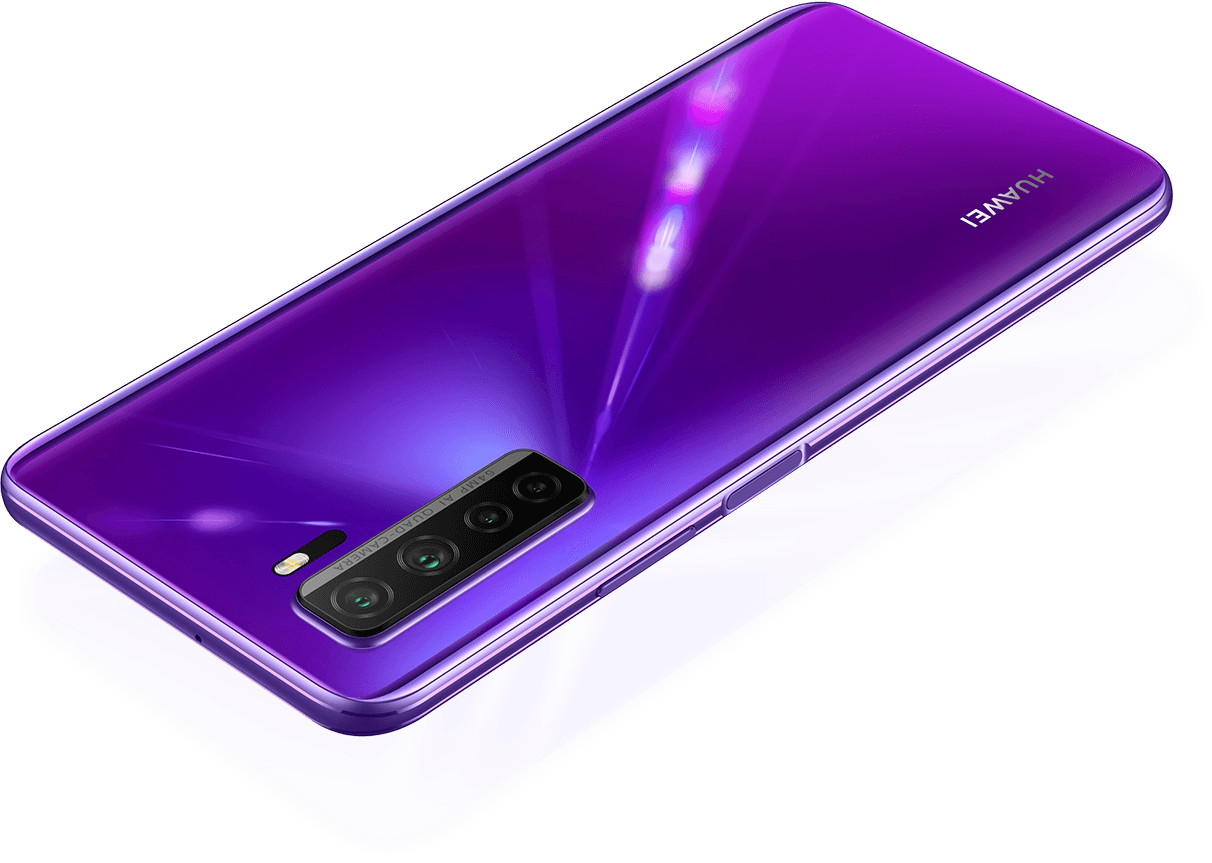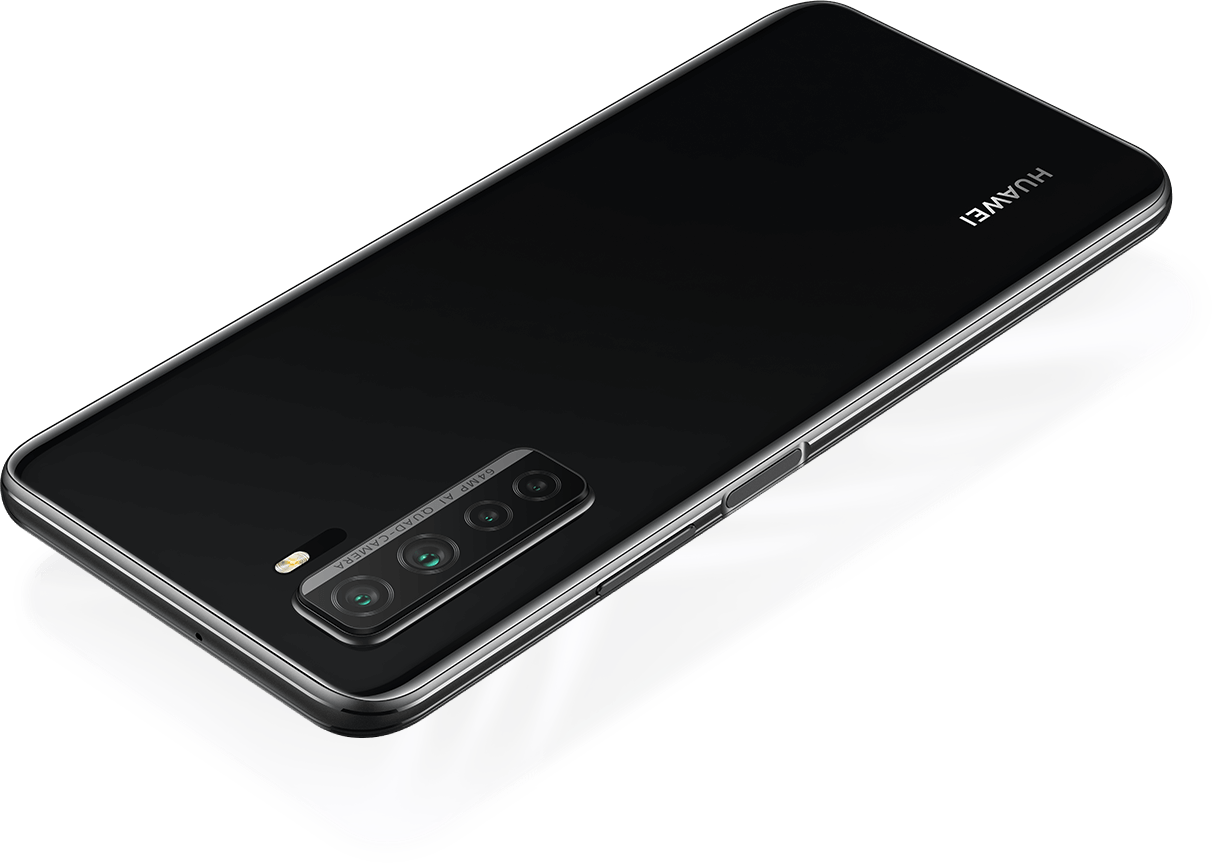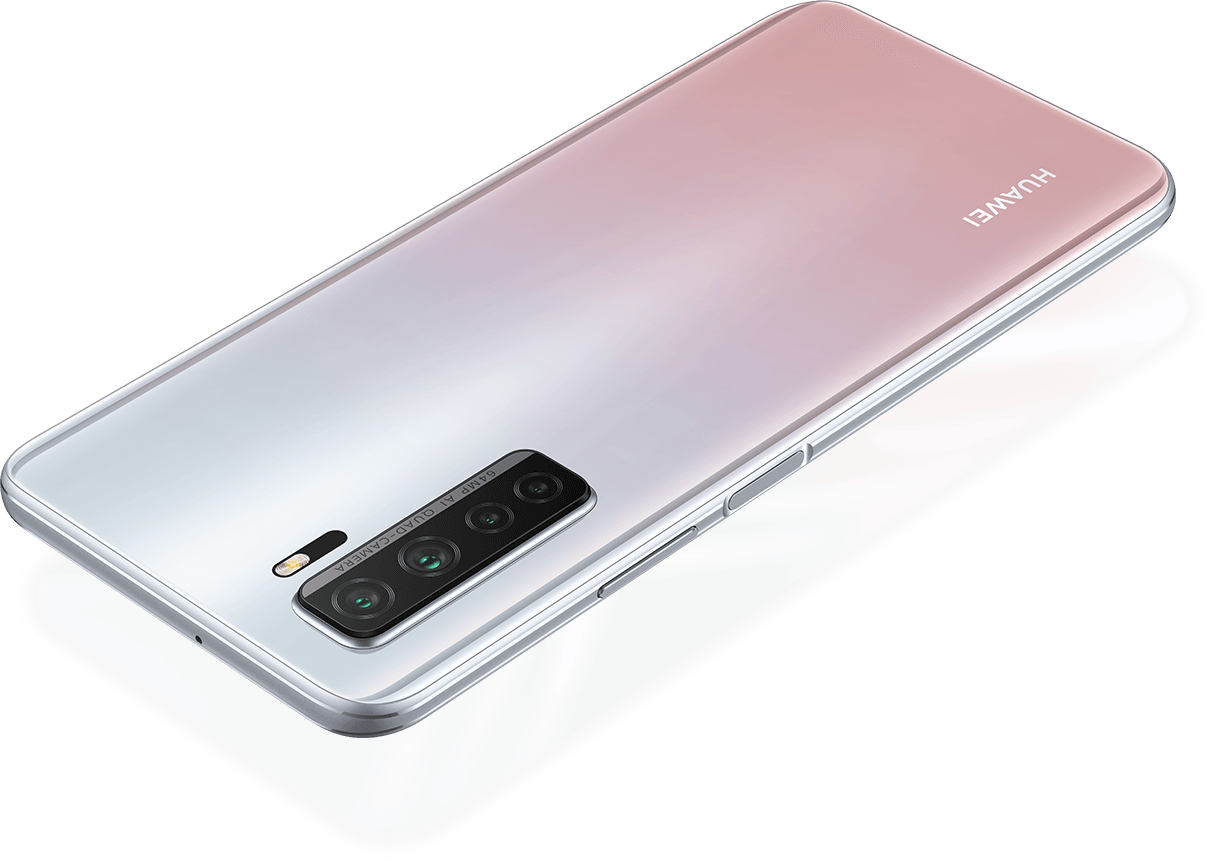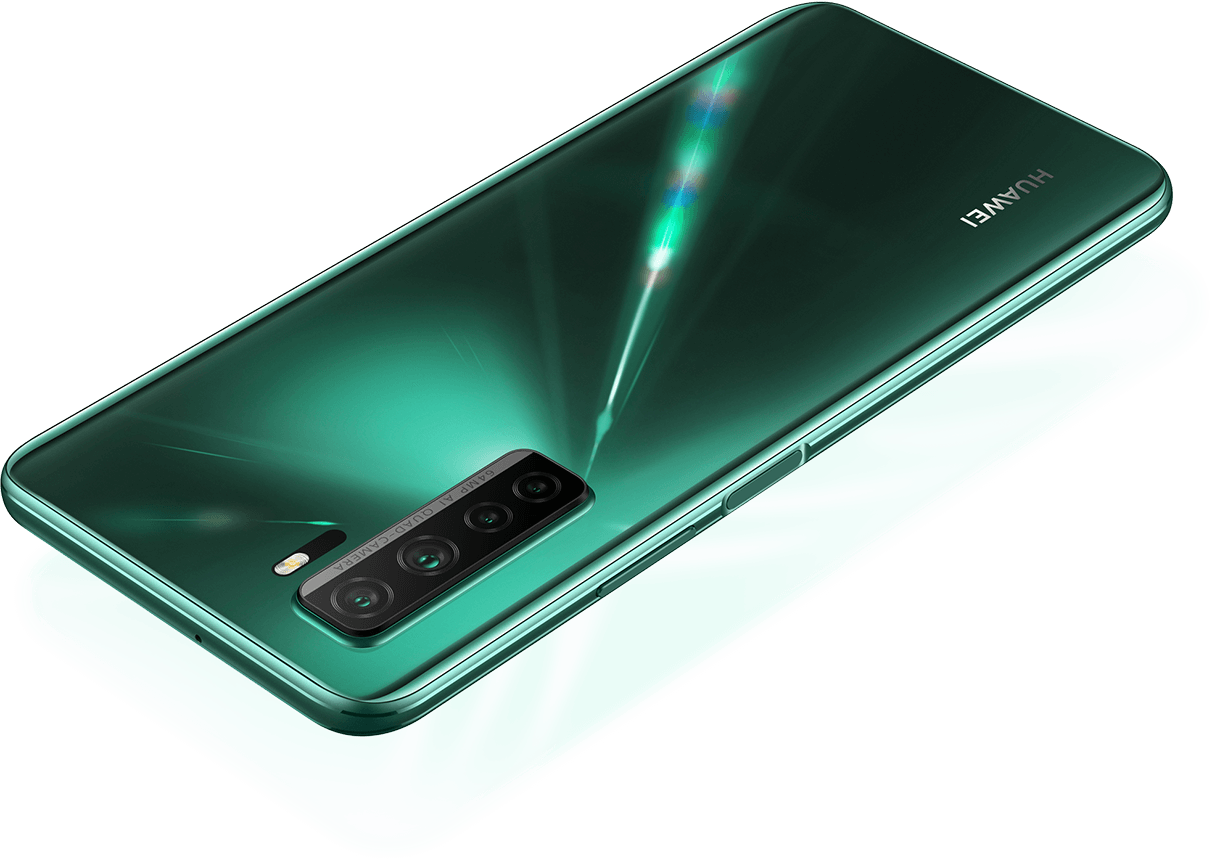The Huawei Nova 7 series has just been announced in China, with three models now available in the region. This includes the Nova 7 SE, Nova 7, and the range-topping Nova 7 Pro. All models in the series support 5G connectivity, along with some other decent specs.
Interested? Here’s everything you need to know about the new Huawei Nova 7 series.
Price and availability
All models in the series are now available to pre-order in China, with official sales to begin on the 28th of April 2020.
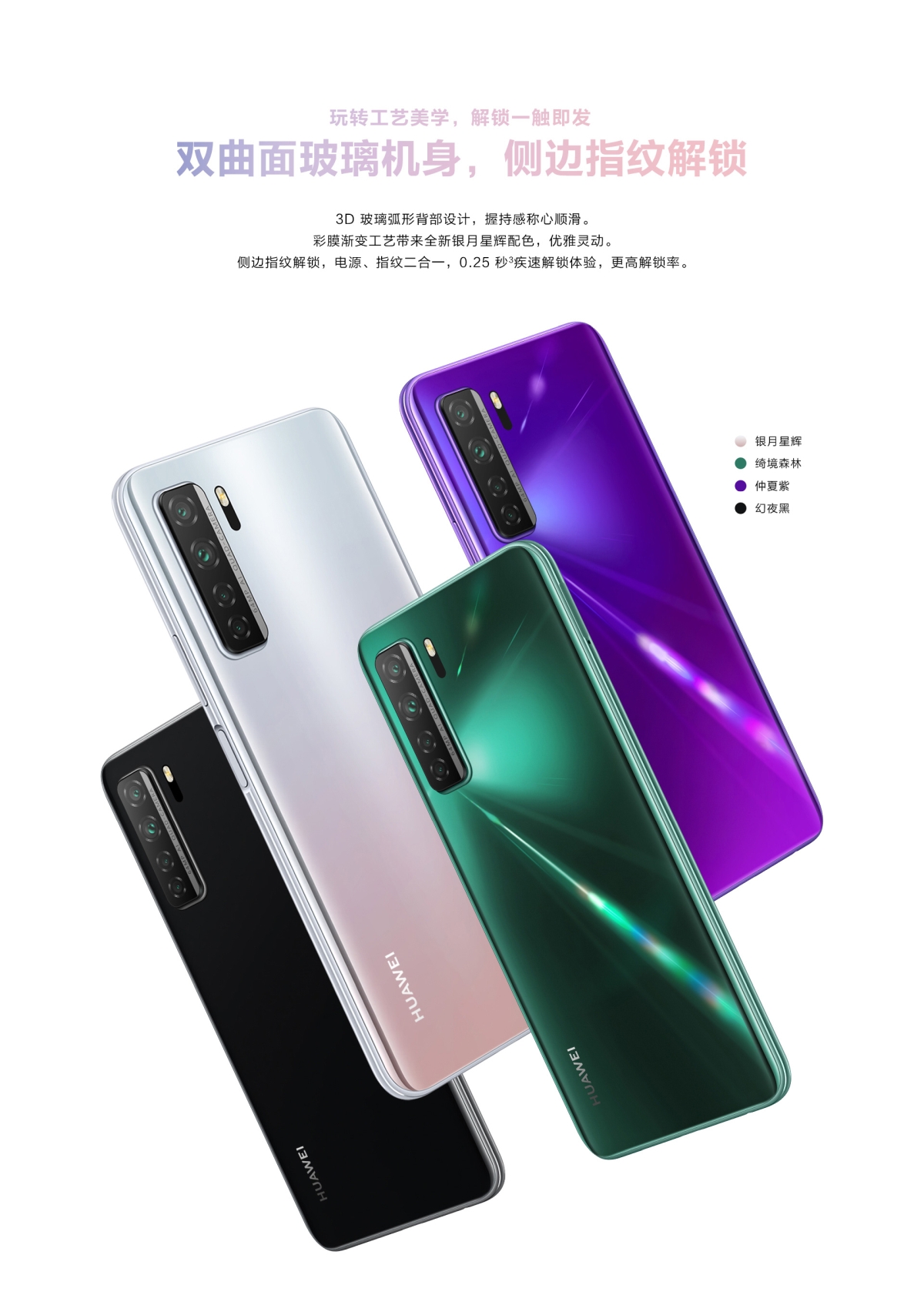
For the Nova 7 SE, there are two memory configurations to choose from. Pricing starts at CNY2,399 (~RM1,474) for the variant with 8GB of RAM and 128GB of storage, while the variant with 256GB of storage will set you back CNY2,799 (~RM1,719). You have colour options of black, purple, green, and silver to choose from.
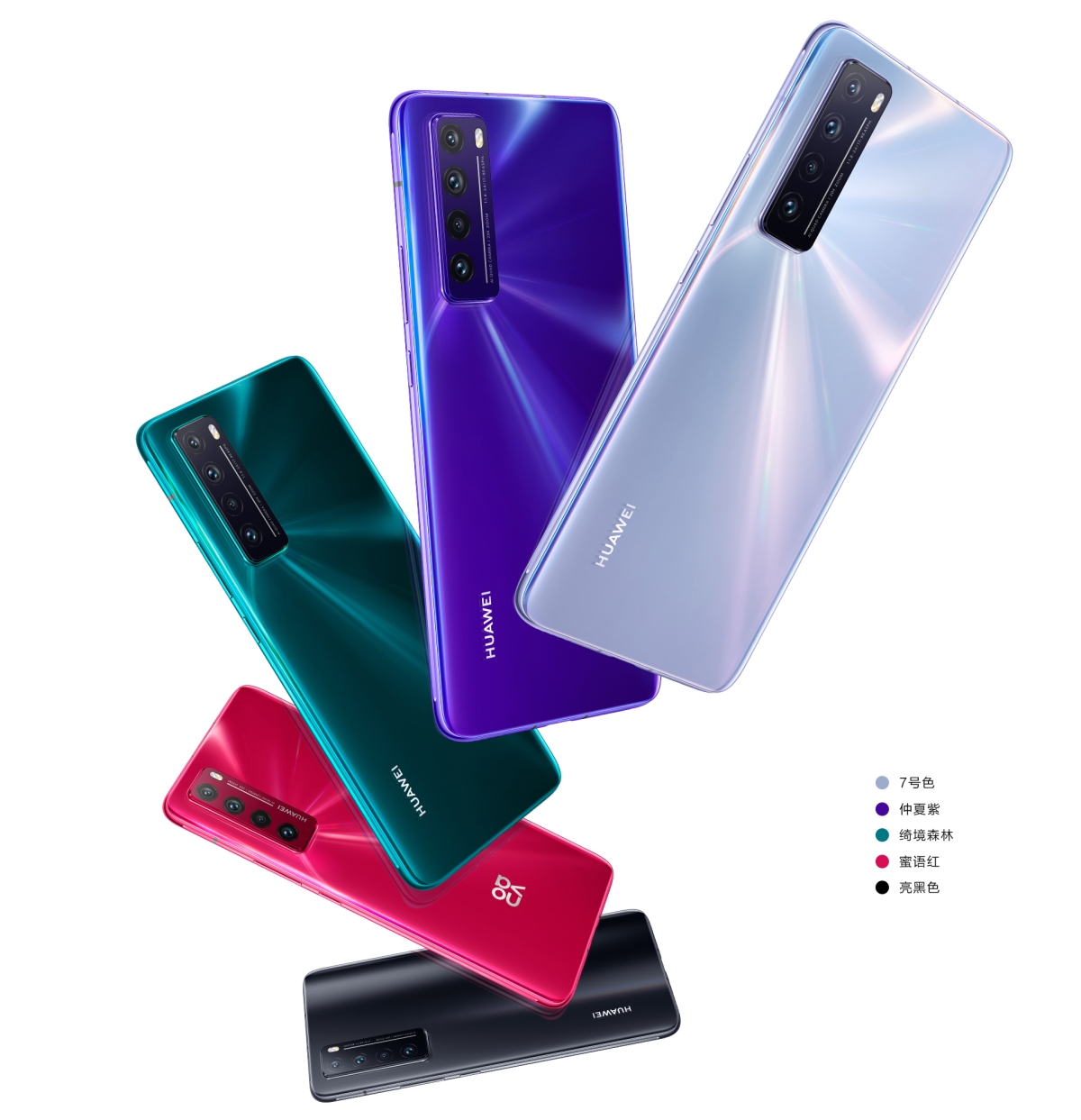
Meanwhile, for the Huawei Nova 7, you have the same memory configurations available at a starting retail price of CNY2,999 (~RM1,843). Colour options are mostly the same as the 7 SE, although you get an added red-coloured option.
As for the range-topping Nova 7 Pro, you get the same colour options as the non-pro version, while pricing starts at CNY3,699 (~RM2,273) and tops out at CNY4,099 (RM2,519). Again, colour options are the same as the non-pro version: black, purple, green, silver, and red.
Huawei Nova 7 SE – 8GB RAM, 128GB storage – CNY2,399 (~RM1,474)
Huawei Nova 7 SE – 8GB RAM, 256GB storage – CNY2,799 (~RM1,719)
Huawei Nova 7 – 8GB RAM, 128GB storage – CNY2,999 (~RM1,843)
Huawei Nova 7 – 8GB RAM, 256GB storage – CNY3,399 (~RM2,087)
Huawei Nova 7 Pro – 8GB RAM, 128GB storage – CNY3,699 (~RM2,273)
Huawei Nova 7 Pro – 8GB RAM, 256GB storage – CNY4,099 (~RM2,519)
Specs
Huawei Nova 7 SE
The Huawei Nova 7 SE features a Full HD+ 6.5″ IPS display, along with a hole-punch cutout in the top-left corner of the display. However, the most affordable variant in the series misses out on an in-display fingerprint scanner, with a side-mounted option available instead.
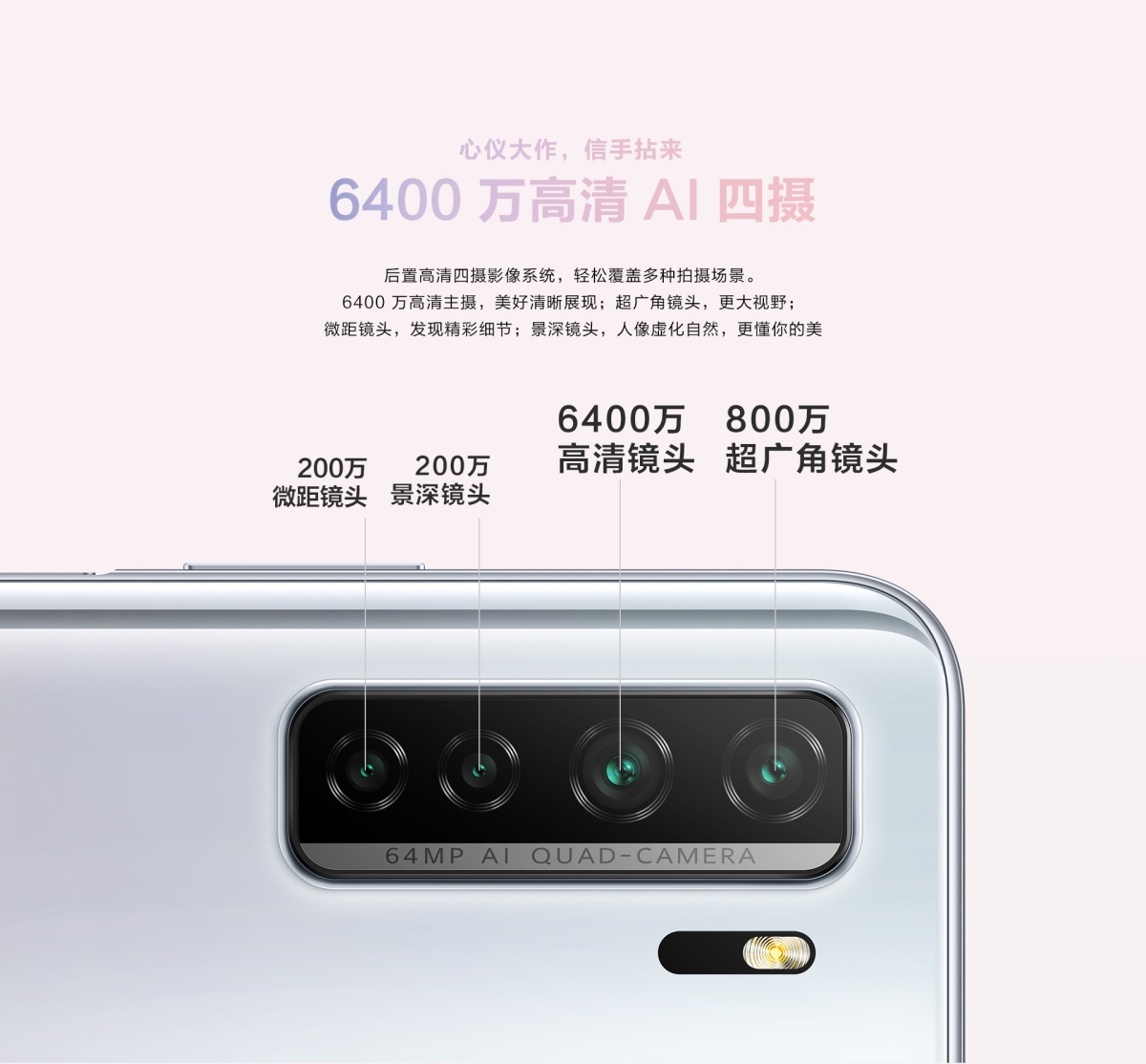
As mentioned, even the base model 7 SE has support for 5G connectivity thanks to the Kirin 820 5G chipset, which is mated to 8GB of RAM and up to 256GB of storage. Housed in the hole-punch cutout is a 16MP selfie camera, with the quad-camera setup at the rear comprising a 64MP main camera, 8MP ultra-wide angle shooter, a 2MP macro lens and a 2MP depth sensor.
Sustaining the device is a 4,000mAh battery which can be charged via USB-C at 40W fast charging, which is rather impressive at this price point.
Huawei Nova 7

Let’s talk about the mid-range Nova 7 now. The clearest upgrade here is the 6.53″ OLED display pushing a Full HD+ resolution in a 20:9 aspect ratio. You also get an in-display fingerprint scanner, and the hole-punch cutout houses a 32MP front-facing camera for selfies.
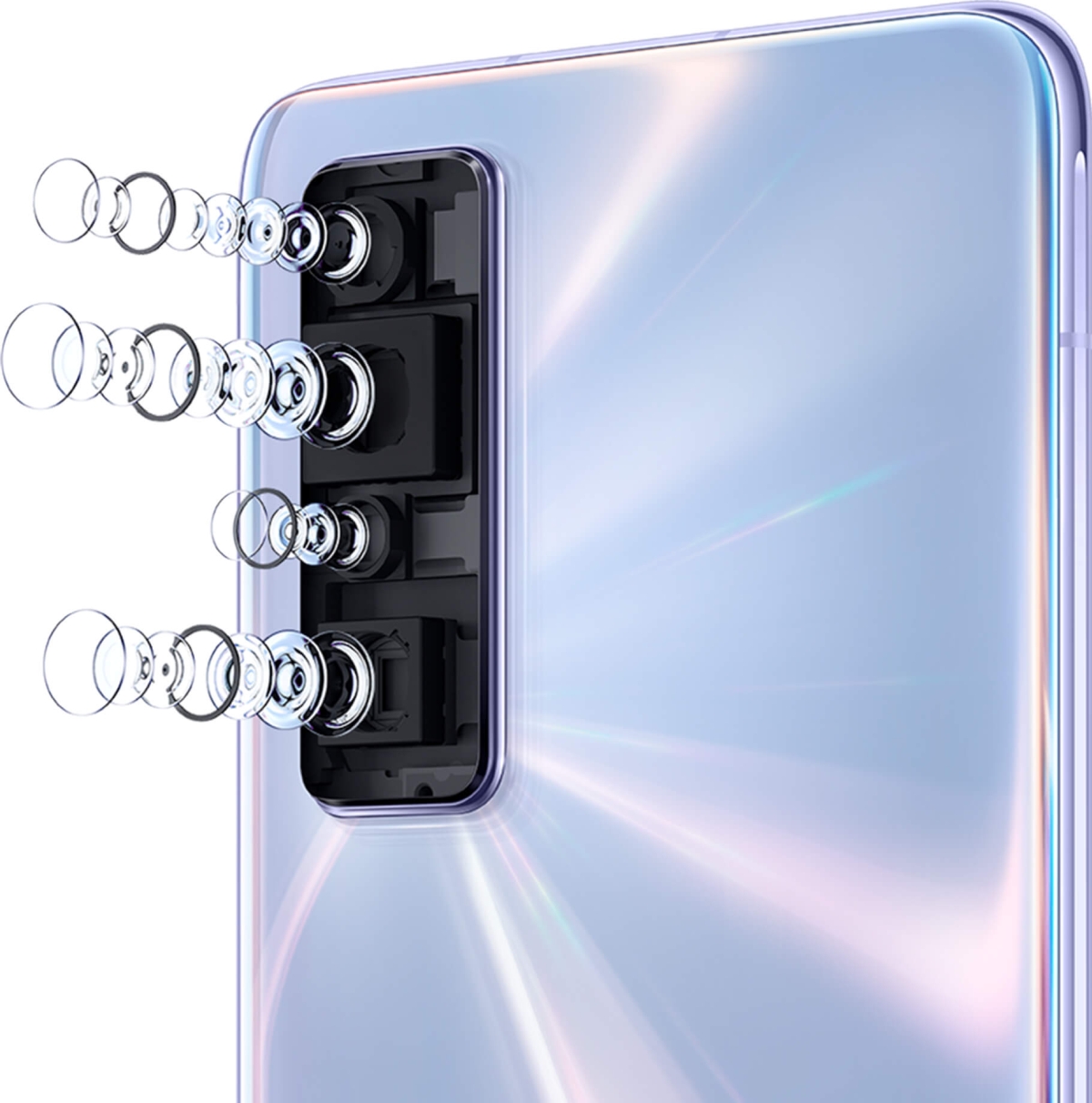
On the back, there is a 64MP main camera, along with an 8MP telephoto lens that offers 3X optical zoom and 5X hybrid zoom. You also get an 8MP ultra-wide angler shooter and a 2MP macro lens.
The mid-range option will feature a more powerful chipset, too. You get the Kirin 985 to power the device, which is mated to 8GB of RAM and up to 256GB of storage. Again, the device battery is 4,000mAh in size and supports 40W fast charging over USB-C.
Huawei Nova 7 Pro
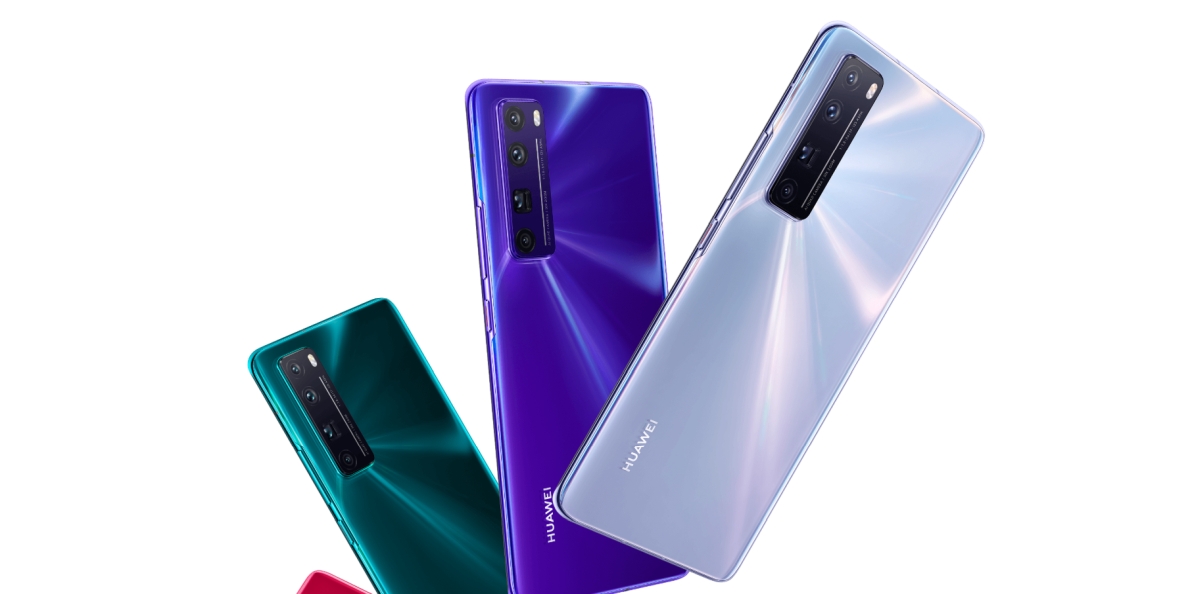
The range-topping Nova 7 Pro features a lot of the same internals as the Nova 7, with a few notable upgrades. There’s the same Kirin 985 processor, the same memory configurations, as well as a 4,000mAh battery supporting 40W wired charging.
You do get a marginally larger 6.57″ OLED display pushing a FHD+ resolution of 2340×1080 pixels, and a larger hole-punch cutout to house dual front-facing cameras: 32MP and 8MP shooters.
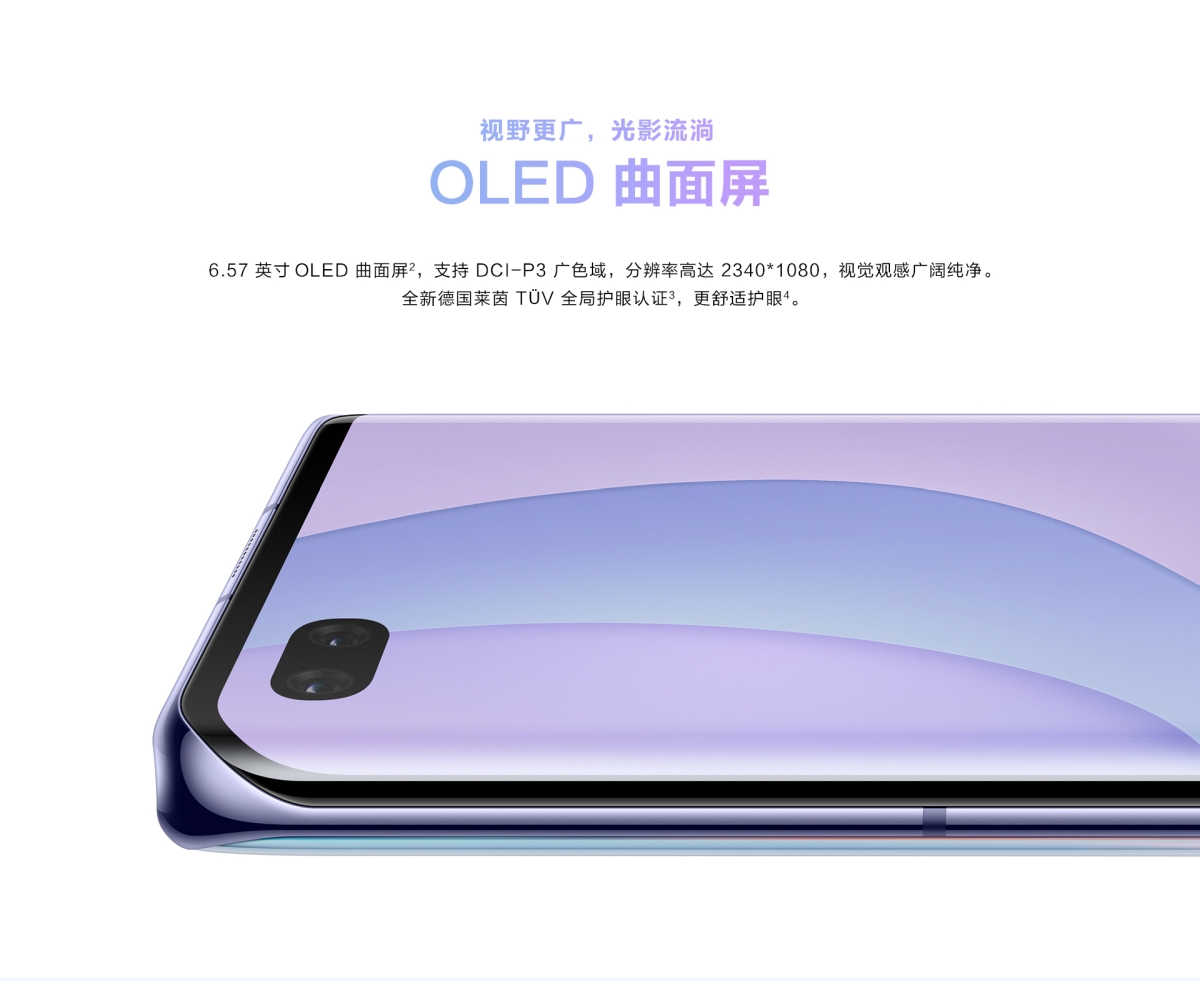
The quad-camera setup on the rear is the best in the series, too. This includes a 64MP main camera, an 8MP ultra-wide shooter, and a 2MP macro lens. The biggest upgrade here is the 8MP periscope module (with OIS) that can do up to 5X optical and 50x hybrid zoom.
It also appears that the series will retain a 3.5mm headphone jack, with wired headphones included in the box across the range. Of course, the series devices will run on EMUI 10.1, which is based on Android 10—when/if the series is released internationally, you’ll need to rely on Huawei Mobile Services (HMS) and Huawei’s AppGallery, with no access to Google Mobile Services (GMS) expected.
To find out more, click here.


